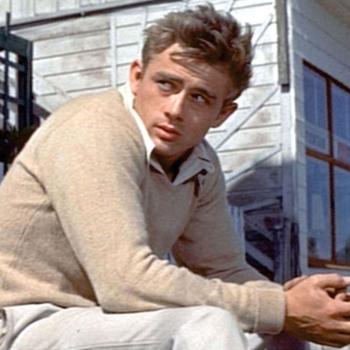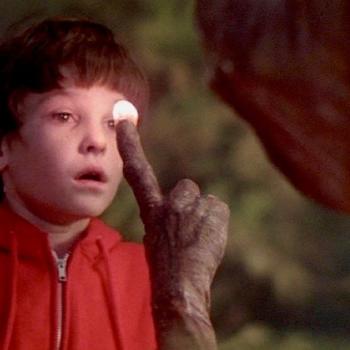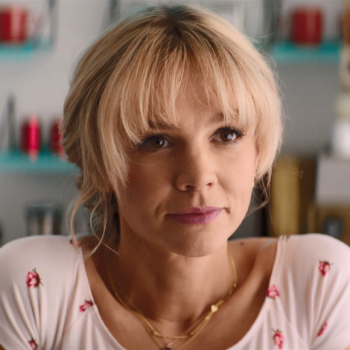
Telling a story through any medium is an innately personal endeavor, but the process can still be especially vulnerable for specific stories. Alfonso Cuaron, for example, has shared that about 90 percent of the scenes in his 2018 film, Roma, came straight from his own memory. The film follows the lives of an upper-middle class family living in Mexico in the 1970s. The story is seen primarily through the eyes of one of the family’s live-in maids, Cleo, as she is facing crises in her own personal life. Cuaron crafted this story as a sort of tribute to the maid who raised him as a child through the social turmoil this film depicts.
The film becomes a study of the binding power of love through times of societal and personal turbulence. This is seen through the care that Cleo shows for the family as they endure the disintegration of a marriage and a country facing riots and violence. There’s a particularly charged scene right after Cleo’s first doctor’s appointment where she is looking into a nursery housing newborn babies and an earthquake suddenly strikes the city. Hearing the cries of the infants as the world is falling apart around them offers a sort of insight into the mind of someone about to bring a new life into a society that feels like it is crumbling.

Despite the hurdles in her own life, Cleo becomes a sort of guardian in the lives of the family she serves. Cleo hears all the private conversations where the mother aches over her husband’s thinly concealed infidelities, and Cleo plays alongside the kids whether they are running down the beach or lying on the rooftops. She not only tends to the upkeep of the house, she helps keep the family together through times of crisis through her own small, undecorated acts of service.
Arguably the film’s centerpiece is the climactic scene when the children are playing on the beach, and two of the kids are being pulled away into the ocean. Though we know that Cleo cannot swim, she wades into the surf to pull them back to safety. The scene functions like a microcosm of how Cleo has been the savior that keeps this family from being torn apart by the current of life.
Cleo is a sort of background player in her world. As a live-in maid to an upper-middle class family, Cleo is taken for granted by both her society and the family she serves: she’s doing her job “best” when she is invisible, even if this is totally contrary to the truth of Cleo’s unique brand of ministering. This is reflected in how the camera often chooses to position the viewer as a sort of fly on the wall, an eavesdropper to a conversation that is much larger than oneself. This juxtaposition is one of the reasons why the film is so striking. It not only widens the scale of the story, but is also underscores a special truth about the transcendency of love. Even when it feels like the world is falling apart at the seams, unassuming but sincere acts of love leave imprints that far outlast the chaos and fear of the world.














